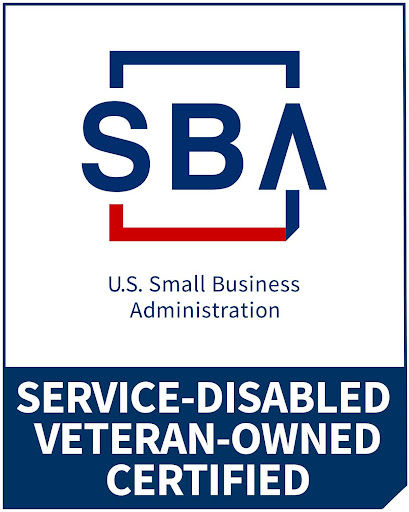 In recent years, the global shift towards sustainable living has inspired innovations across various industries. One such area of transformation is in hygiene products. Conventionally used materials for items like diapers, sanitary napkins, and wipes have been known to contribute to environmental concerns due to their non-biodegradable nature. Today, PLA fiber nonwovens offer a sustainable alternative that is revolutionizing hygiene product manufacturing.
In recent years, the global shift towards sustainable living has inspired innovations across various industries. One such area of transformation is in hygiene products. Conventionally used materials for items like diapers, sanitary napkins, and wipes have been known to contribute to environmental concerns due to their non-biodegradable nature. Today, PLA fiber nonwovens offer a sustainable alternative that is revolutionizing hygiene product manufacturing.
The adoption of PLA fiber nonwoven material in hygiene products reflects a broader industry trend towards greener alternatives. Major brands are now incorporating this material into their product lines, driven by the dual goals of meeting consumer demand for sustainability and reducing their ecological footprint.
Environmentally Responsible
Derived from renewable resources such as corn starch or sugarcane, PLA (polylactic acid) fiber nonwoven material stands out for its eco-friendly characteristics. One of its key features is biodegradability, offering a solution to the problem of accumulating waste generated by conventional hygiene products. As PLA products break down naturally, they contribute significantly less to environmental pollution, aligning with the growing consumer demand for sustainable choices.Versatile and Functional
PLA fiber nonwovens maintain a high level of functionality, making them an ideal choice for hygiene applications. The material’s inherent breathability ensures comfort, while its absorbent properties make it well suited for use in diapers and sanitary napkins. Manufacturers are increasingly recognizing the potential of PLA fiber nonwovens to create products that not only meet the performance standards expected by consumers but also align with sustainability goals.As consumers become more environmentally conscious, the demand for sustainable hygiene products is likely to grow. This presents an opportunity for manufacturers to take advantage of PLA fiber nonwoven material and further innovate, developing new applications and improving the overall sustainability profile of hygiene items.

